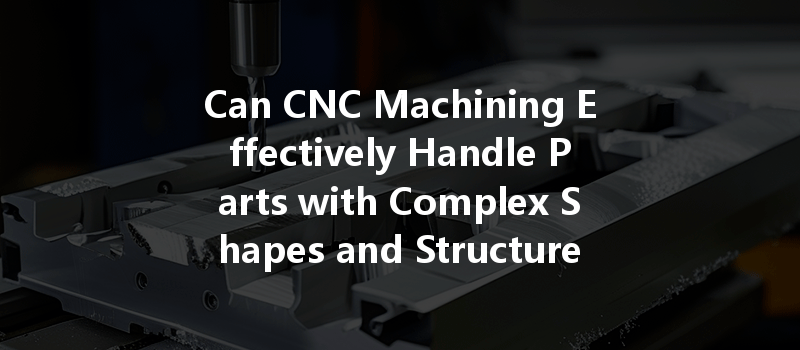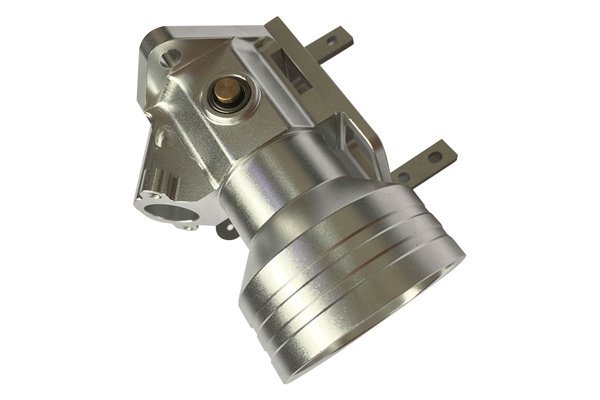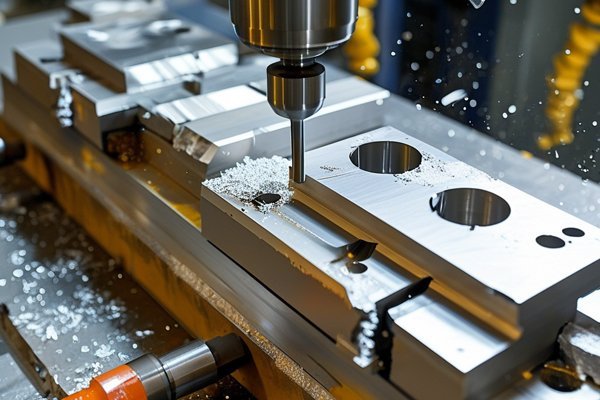Did you know that over 90% of manufacturing companies are integrating CNC (Computer Numerical Control) machining technology into their production processes? This statistic highlights the incredible versatility and precision offered by CNC technology, enabling the production of intricate components in various industries, from aerospace to automotive. As engineers and designers increasingly push the boundaries of creativity, the ability to manufacture complex shapes and structures using CNC machining has become a significant area of interest.
The Complexity of Design and Its Challenges
As industries continue to evolve, so do the demands for complex shapes and designs. Intricate parts are often vital for enhancing functionality while minimizing weight and material usage. However, manufacturing these complex designs presents various challenges, including:
Understanding CNC Machining and Its Capabilities
CNC machining employs pre-programmed software to control machinery and tools, allowing automated machining processes of various materials. The capability of CNC machining includes milling, turning, drilling, and more, and it can produce parts with exceedingly complex geometries. The advantages of CNC machining for complex shapes include:
Solutions for Handling Complex Shapes
To effectively handle parts with complex shapes and structures, the following solutions can be employed:
Utilizing advanced CAD/CAM (Computer-Aided Manufacturing) software is crucial for creating complex designs and generating the necessary tool paths. Software solutions like SolidWorks, Mastercam, and Fusion 360 offer features that allow:
Material selection is critical when designing complex components. Some materials are more difficult to machine than others and can lead to complications such as tool wear and deformation. Therefore, consider:
Multi-axis CNC machines have become increasingly popular due to their ability to handle complex geometries. These machines can move along several axes simultaneously, allowing for:

Selecting the appropriate tool path strategy significantly impacts the efficiency and quality of machining processes. Strategies such as:
Prototyping complex parts using additive manufacturing or CNC rapid prototyping methods allows engineers to identify and resolve potential issues early in the design phase. Benefits include:
Best Practices for CNC Machining Complex Parts
To ensure the successful machining of complex components, consider adopting these best practices:
Conducting a comprehensive design review helps identify any potential complications early. This process includes:
Investment in specialized fixtures and tools can drastically improve the machining of complex shapes. Considerations include:
Frequent maintenance of CNC machines reduces the risk of unexpected failures, ensuring:
Operators’ skill levels can significantly impact the machining process. Providing ongoing training equips them with the knowledge to:
CNC machining’s capabilities to handle complex shapes and structures are becoming indispensable in modern manufacturing. With the integration of advanced CAD/CAM software, multi-axis machining technology, and effective tooling strategies, the manufacturing sector is better equipped to produce intricate components with high precision and efficiency.
As industries continue to innovate, the discussion about the complexities of CNC machining will remain critical. Understanding and implementing effective strategies not only enhances production quality but also fosters innovation and sustainability in design and manufacturing.
In a rapidly evolving landscape that increasingly prioritizes precision, creativity, and efficiency, considering how CNC machining aligns with these priorities is essential for businesses striving for excellence. Let’s embrace CNC machining as a pivotal technology dedicated to transforming complex designs into reality.
Related Posts
- What are the differences in the application of 6061 aluminum and 7075 aluminum in aerospace?
- What is the difference in tool selection for CNC turning 5052 aluminum versus 6061 aluminum?
- Here’s a question-style FAQ title based on the provided keywords: What Are the Advantages and Disadvantages of 3D Printing Compared to CNC Machining Plastics?






